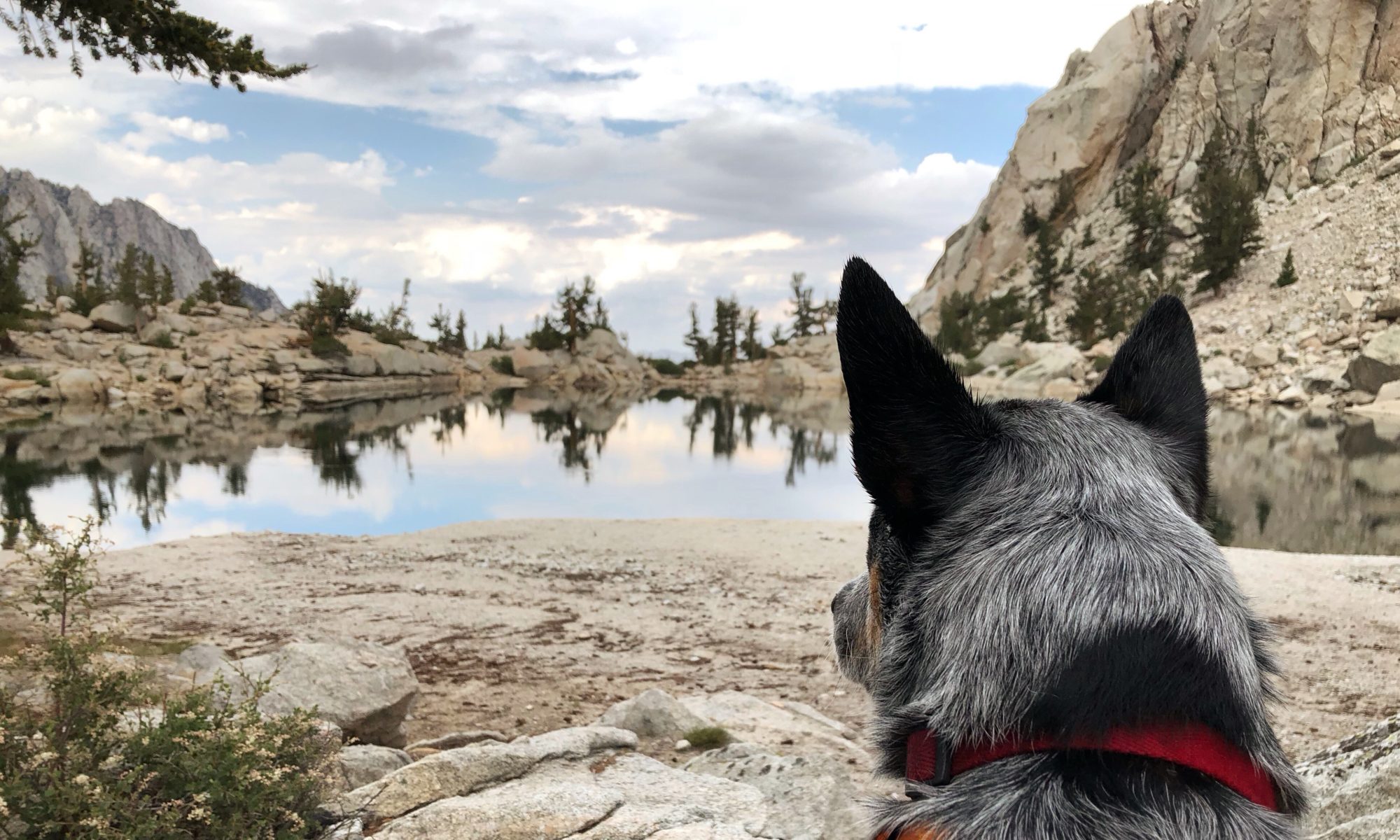My wife, Sara, likes to tap on things to the beat of the music… even if she can’t necessarily hear the rhythm. [Sara: Har har har. Very funny.] So in order to improve this from a habit to a skill, I decided to make her a cajon. Essentially, it’s a wood box that you both sit on and play as a percussion instrument. It has recently become more popular today, but originally was (and is) very widely used in Peruvian music. My knowledge of the instrument was limited and mostly derived from Mr. Ramsey’s Woodworking for Mere Mortals design.
These are some sample cajons:


To understand how to actually make this instrument, I needed to know the main components and how they work together. I broke down the project into three main components:
- The box
- The side of the box you hit (tapa)
- The snare
The Box
My box was made of ¾-inch Baltic Birch plywood measuring approximately 12” X 12” X 18” tall. The top and bottom pieces have ¾-inch dados/rabbets along three sides. The top and bottom pieces are identical and measure 12” x 12”. The two side pieces have a single ¾-inch dado/rabbet running along its length and measure 12” x 18”.
The back panel is a single piece of ¾-inch plywood cut to fit. There was no need to cut dados or rabbets on this panel.
Before assembling the box, I considered the location of the sound hole and holes necessary to mount the snare. The sound hole is simply a hole in the back panel (the panel with no rabbet/dados), so I decided to put my hole toward the bottom center of the panel for aesthetic purposes. A hole was drilled in each of the side panels to allow a 1 ½-inch dowel to pass through (this is where the snare would be attached). It’s easiest if these sides are lined up, clamped together, and drilled at the same time to guarantee the holes are in the same place.
The Tapa
The tapa was made of a thinner plywood than the sides. I had some extra thin plywood lying around the shop that was slightly less than ¼-inch thick, so I decided to use that for the tapa side.
Assembly of the box was simple–just clamp and glue the five ¾-inch plywood sides together. The tapa was then cut to the exact dimension of the missing side of the box. The tapa is eventually screwed on the front opening, but access to the inside still necessary to install the snare assembly.
The Snare
The snare is a series of stiff wires that rest against a surface to produce a sharp rattling sound when the surface is struck and give the cajon the “drum” sound. From the inside of the cajon, the snare presses against the tapa (the side of the instrument you hit) to create that rattling sound typical in drums. The snare is mounted on a 1 ½-inch diameter wooden dowel that has the ability to turn, which allows the user to adjust the amount of snare sound heard during drumming–whether you want no snare for a more “wild” tone or more snare for more “drum” sound.
I purchased this snare from Amazon for the project. The length of the snare was adjusted by cutting it to a length of 5 inches with wire clippers. The goal was to get the snare to engage and disengage the tapa by the turning the wooden dowel.
Snare Assembly
For the permanently fixed knob, I glued the walnut knob securely to the end of the dowel rod. To make sure the knob was adequately glued in place, I also drilled a 1 ½-inch diameter recess to accept the end of the dowel. This allowed for a little more glue surface area and a more solid end cap.

To create the snare assembly, I created two knobs out of walnut for the exterior ends of the dowel rod. One knob would permanently be affixed to one dowel end, while the other would loosen and tighten the dowel within the box.
For the adjustable knob, I tapped ¼-inch-20 threads into the end grain of the rod to accept a 1/4 inch-20 threaded bolt. I used a ¼ inch-20 bolt and cut it to a length that would allow the knob to tighten the dowel assembly. The bolt was then epoxied into a small recess in the knob.
Final Assembly
The rod was fitted into the box and then the snare was screwed into place. Once I had the snare turning to my satisfaction, I moved on to the tapa.


The tapa just needed some recessed screw holes to attach it to the box for a cleaner look. I used some small screws to secure it in place onto the box.


After everything was completed, the box was still looking a bit plain, so I added some walnut inlay around the sides and sound hole for decoration.
The end product was an attractive cajon that sounds pretty good!





My wife approves.
— Tim





























